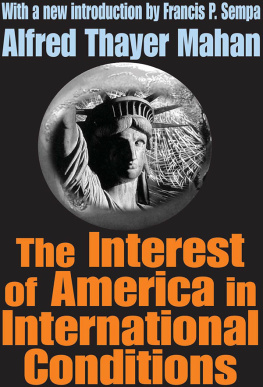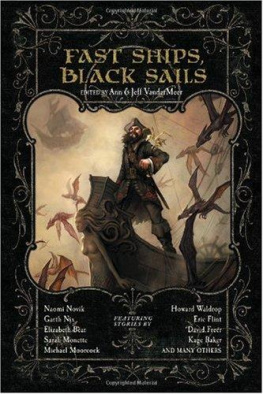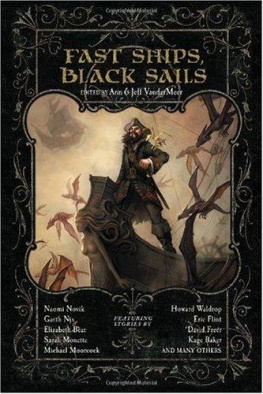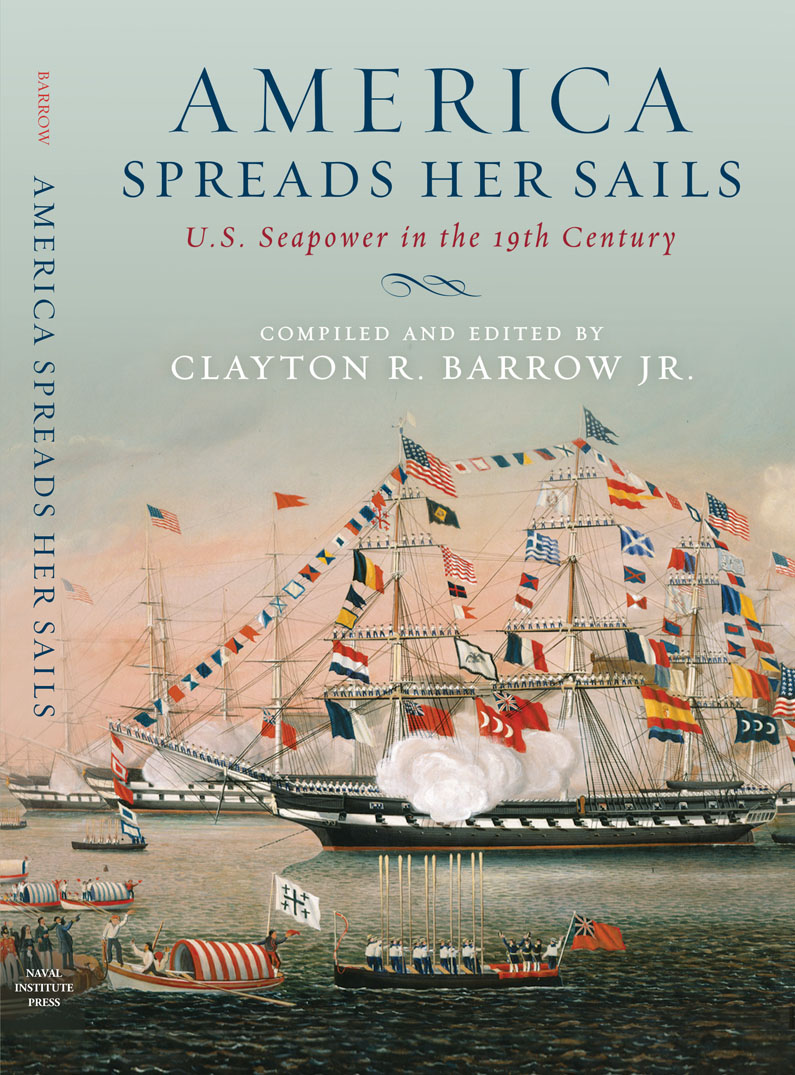

From the original painting by Marshall Johnson
Captain John Mad Jack Percival personified the ferocious breed of sea dog who helped fulfill the prophesy made by de Tocqueville in 1835: Americans... will one day become the first maritime power of the globe. They are born to rule the seas, as the Romans were to conquer the world.

Naval Institute Press
291 Wood Road
Annapolis, MD 21402
1973 by the United States Naval Institute, Annapolis, Maryland
All rights reserved. No part of this book may be reproduced or utilized in any form or by any means, electronic or mechanical, including photocopying and recording, or by any information storage and retrieval system, without permission in writing from the publisher.
First Naval Institute Press paperback edition published in 2015.
ISBN: 978-1-61251-977-7 (eBook)
Library of Congress Cataloging-in-Publication Data for the hard cover edition is available.

 Print editions meet the requirements of ANSI/NISO z39.48-1992 (Permanence of Paper).
Print editions meet the requirements of ANSI/NISO z39.48-1992 (Permanence of Paper).
23 22 21 20 19 18 17 16 15 9 8 7 6 5 4 3 2 1
First printing
Introduction
In 1801, Thomas Jefferson became the third President of the United States, one hundred years later Theodore Roosevelt became the twenty-sixth. The two men were as dissimilar as the agrarian society Jefferson presided over was unlike the industrialized America Roosevelt straw-bossed a century later. It is interesting to note that half of Jeffersons eight years in office were marred by war, while none of Roosevelts eight years were.
In his first inaugural address, Jefferson vowed that his administration would be a wise and frugal government, which shall restrain men from injuring one another. They had, of course, been injuring one another with bestial indifference around the world for a generation. Americans, specifically, had been engaged in the Quasi-War against France for the preceding two years. Now, with that unhappy conflict successfully terminated, the newly-elected Jefferson seemed determined to bring both his wisdom and frugality to bear on the Navy. He must have concluded that something had to be done, and quickly, to stunt the growth of the newly recreated sea arm which threatened to be a permanent drain on the treasury after Congress had, in 1799, authorized the construction of six seventy-four-gun ships-of-the-line and the purchase of land for six navy yards.
Jeffersons low regard for the Navy was well knownWe are running... mad, he wrote during the campaign, and commerce and navy mad, which is worst of all. Because the Federalist Congress feared that the incoming Republican President might go so far as to summarily abolish the Navy, it passed the Peace Establishment Act on 3 March 1801the day before Jeffersons inauguration. The eleventh hour Act slashed the Navy to the bone. The number of officers was cut to less than 200, of whom 150 would be midshipmen. Of 28 captains, for example, 19 were dismissed. All of the eight masters-commandant were returned to civilian life, and only five of the 15 lieutenants-commandant were retained. All warships, with the exception of eight heavy and five light frigates and the schooner Enterprise, would be disposed of. There was almost nothing left for Jefferson to disband.
As it turned out, disbandment was not what Jefferson had in mind. His practical mind weighed the alternatives. He could bow to public opinion which, while intensely and justifiably proud of its Navys recent performance against France, wanted now to turn its thoughts to the land, not to the sea. The population, of which fully ninety percent was engaged in agriculture, was more attuned to thinking about seasons than sea power. Still, there was compelling truth in what Alexander Hamilton had said: A nation, despicable by its weakness, forfeits even the privilege of being neutral.
Nothing was more revealing of the nations weakness than the tribute the United States had been paying since 1793 to deter the four piratical Barbary statesTunis, Morocco, Algiers, and Tripoliof North Africa from preying on American commerce. America was not alone in her shame: Holland, Sweden, and Denmark were among those who had chosen to pay millions in tribute, but not one cent for defense of their commercial vessels.
To 26-year-old Captain William Bainbridge had fallen the dishonor of participating in what ranks with the twentieth century Pueblo incident as among the most mortifying insults ever hurled at Americas flag. In 1800, he had arrived in Algiers in the 24-gun corvette George Washington to pay the annual installment on the million-dollar blackmail extracted by the infamous treaty of 1796. Bainbridge had been brought before the Dey of Algiers who was a huge, shaggy beast, sitting on his rump upon a low bench, with his hind legs gathered up like a tailor or a bear, who extended his fore paw as if to receive something to eat. Kiss the Deys hand! our guide exclaimed.
With the George Washington lying under the Deys seafront batteries, Bainbridge had no course but to comply with the Deys subsequent demand that the George Washington hoist the Algerian flag and transport gifts and tribute to the Deys overlord, the Sultan of Turkey, in Constantinople. You pay me tribute, by which you become my slaves, the Dey told Bainbridge.
This odious incident, combined with the ever increasing number of Christians rotting in Barbary prisons, could not be ignored and, two months after his inauguration, Jefferson sent the frigates President, Philadelphia, and Essex, and the schooner Enterprise to the Mediterranean. Their orders were to show the flag and, if necessary, commence hostilities with any of the states that might have declared war against America.
Yes, a navy of sorts was needed. It wouldnt be the big navy the Federalists had wanted and that these new Barbary troubles seemed to warrant, and it couldnt be as small as the people seemed to be demanding. The architect/engineer in Jefferson provided an answer. He would build a drydocka storehouse for the frigatesthe like of which had never been seen before. He would build it in Washington, D.C., where there was land enough and water enoughhe counted the rivers: the Eastern branch, Tyber, Rock creek & the Potomak itselfto make feasible an enormous, enclosed edifice that could simultaneously accomodate a dozen frigates. In it, the great vessels would be stored like childrens toys in a trunk, safe from the harm of wet and sun.
Delighted with the idea, Jefferson enlarged on it. He would build large numbers of small gunboats which, in conjunction with a mobile land force of flying artillery, would guarantee the defense of the coasts. And these gunboats, too, could be stored in sheds, ready at a moments notice to be activated to meet any emergency.
Build them he did. Eventually, there would be more than 170 gunboats. But, as historian Fletcher Pratt wrote, most of them never left their wharves. Those that did hoist sail met with droll accidents; turned turtle in a capful of wind, rolled their gunwhales under every time a cannon was fired, ran ashore, or even, like No. 4, were deposited in cornfields, high and dry, by the first gale of autumn.












